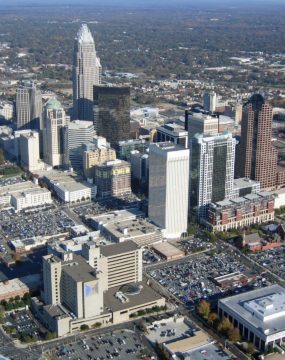Keep up with our latest demographic insights

The U.S. Census Bureau recently made its 2016 population estimates available, and the topline trends for North Carolina has maintained a nearly identical trajectory as 2015. Since the last decennial Census in 2010, North Carolina has seen its urban metropolitan areas grow consistently larger, while small, often rural municipalities have struggled to maintain population. North Carolina’s two largest metropolitan statistical areas – Charlotte-Concord and the Triangle (Raleigh-Durham-Chapel Hill) – have driven much of North Carolina’s…
In the mid- to late-twentieth century, suburbanization shifted population growth from urban areas to suburbs. In response, revitalization of the downtown core became the primary focus of many cities’ economic development plans. This is what Aaron Renn of the Urbanophile terms the “Old Donut” model: cities across the nation spent the past few decades trying to fill their downtown economic “holes” through billions of dollars in revitalization efforts, “ranging from stadiums to convention centers to…
Forests are vital to the environmental and economic health of North Carolina. Sixty percent of North Carolina’s land area is forested, representing a total of 18.6 million forest acres. Our state’s four national forests—Croatan, Uwaharrie, Nantahala, and Pisgah—offer visitors and residents alike the opportunity to see an array of wildlife and pursue a variety of outdoor activities. In addition to recreational activities, forests improve overall quality of life through clean air and water and are…
Your support is critical to our mission of measuring, understanding, and predicting population change and its impact. Donate to Carolina Demography today.